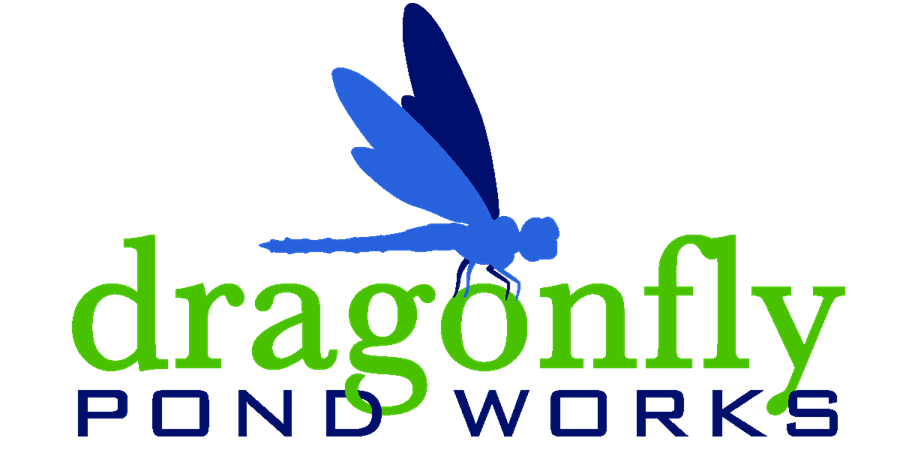Stormwater Wetlands 101
Stormwater wetlands maximize beauty, natural habitat, and pollutant filtration.
Andrew Kosydar- Regional Sales Manager, Triangle
Stormwater wetlands are a highly effective stormwater control measure. Unfortunately, they can be misunderstood due to their appearance. A key component of stormwater wetlands is that they are extensively vegetated. The presence of so much vegetation can lead some to believe that the wetland is an overgrown or poorly-maintained pond. However, the vegetation is responsible for pollutant filtration and is exactly why the wetland is so effective.
Example of a healthy, beautiful, heavily vegetated stormwater wetland.
Key Differences:
Stormwater Wetland
Extensively Vegetated
Shallow System
Regularly Fills & Drains
Better at Filtering Pollutants
Wet Pond
Vegetation Generally Limited to Perimeter
Greater Water Depths
Less Fluctuation of Water Levels
Better at Settling Out Sediment
Stormwater Wetlands Benefits At A Glance:
Aquatic plants increase fine particle filtration
Greatly reduce the risk of flooding
There is better water flow
There is less stagnation of water
Attracts wildlife and provides natural habitat
Healthy systems attract dragonflies that provide natural mosquito control
Aesthetically pleasing
Wet Pond Examples:
This is a wet pond that is overgrown with lotus. The lotus is clogging the system.
This is a poorly maintained wet pond with overgrown vegetation surrounding the pond. This pond is not healthy or compliant.
This is a healthy wet pond. Notice the vegetation is limited to the perimeter of the pond.
Stormwater Wetlands:
This is a healthy stormwater wetland in an HOA community. Healthy stormwater wetlands have vegetation present throughout the system and along the perimeter.
This is a large, thriving wetland providing stormwater management. Additionally, stormwater wetlands add aesthetic value to the community.
The primary vegetation in this specific wetland is native Pickerel Weed.
In addition to providing pollutant filtration, the Pickerel Weed attracts pollinators.
Pickerel Weed also attracts dragonflies. Dragonflies are a natural mosquito control and a sign of a healthy system. Additionally, birds and other wildlife love the natural habitat that stormwater wetlands provide.
Common Wetland Plants:
The following are examples of common native aquatic plants that are beneficial to stormwater wetlands. All of these plants grow well in shallow standing water or at the edges of ponds and wetlands.
Photo Credit: istock.com/LeeAnnWhite
This plant is commonly known as Lizard's Tail, its scientific name is Saururus Cernuus. In the wild, Lizard's Tail typically grows 2-4 feet tall and blooms from June to September.
Photo Credit: istock.com/Warayoo
This plant is commonly known as Duck Potato or Arrowhead. Its scientific name is Sagittaria Latifolia. In the wild, this plant typically grows 1-4 feet tall and blooms from July to September.
This plant is commonly known as Blue Flag Iris. Its scientific name is Iris Virginica. In the wild, it typically grows 2-3 feet tall and blooms from May to June.
This is Pickerel Weed again. Its scientific name is Pontederia Cordata. In the wild, Pickerel Weed typically grows 2-4 feet tall and blooms from June to October.
It is important to understand the difference in the design and function of stormwater wetlands to really appreciate their beauty and environmental impact. The systems are highly effective at keeping pollutants from reaching nearby lakes and streams. It is critical that wetlands receive regular maintenance from experienced stormwater specialists. These knowledgeable experts will help the right aquatic plants thrive while keeping nuisance or invasive vegetation out. Dragonfly Pond Works' experts are able to create and maintain these beautiful systems with industry-leading solutions. Please contact us to learn how we can help your system thrive with our customized maintenance programs.
Learn More!
Team Dragonfly converts non-functioning Raleigh bioretention into a healthy, aesthetically pleasing constructed wetland. Learn about our construction of the first ever subsurface gravel wetland in North Carolina!
Subscribe to our newsletter to receive informative and engaging news delivered right to your inbox!
Like/Follow us on Facebook, Twitter, Instagram, and LinkedIn.
In addition to stormwater wetlands, Dragonfly Pond Works provides lake and pond management, stormwater management, dredging, and more in Raleigh, Durham, Cary, Charlotte, Wilmington, North Carolina, Myrtle Beach, Charleston, Columbia, South Carolina, Tampa, Sarasota, Naples, St. Petersburg, Fort Myers, Florida, and Atlanta, Georgia.














